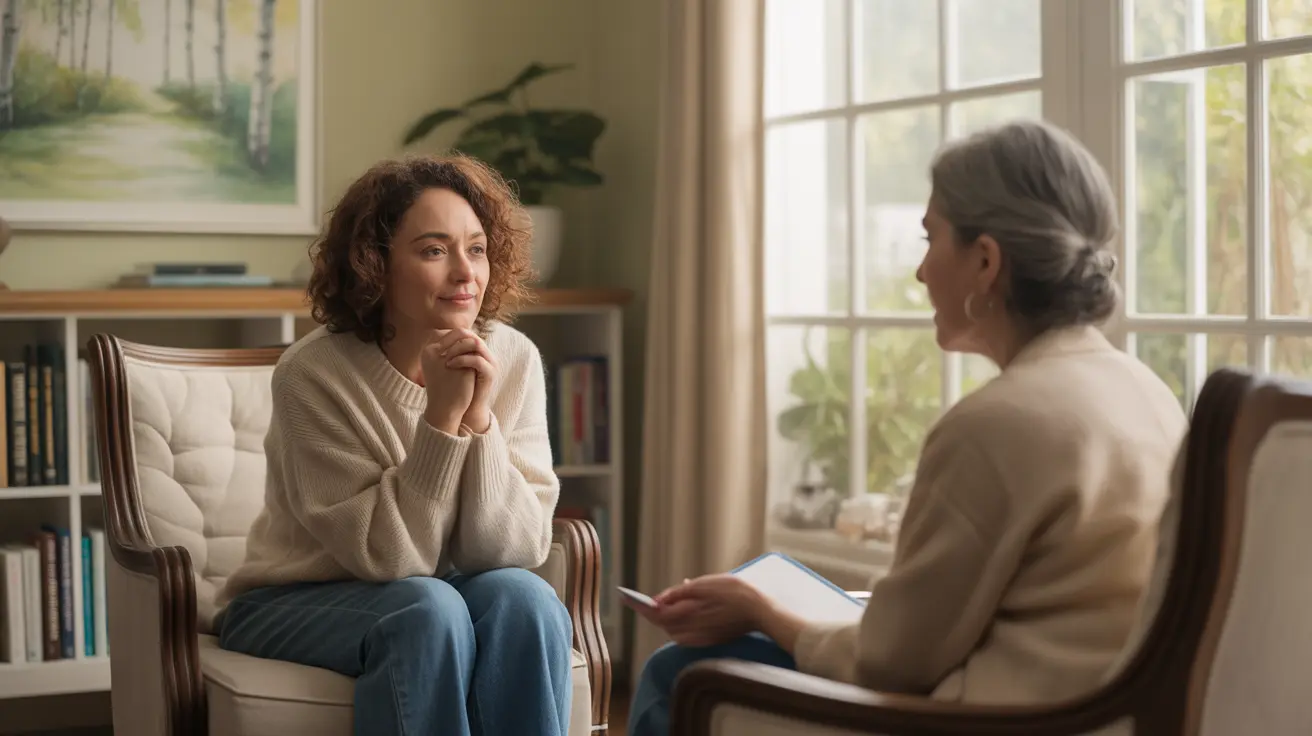Living with a phobia can be overwhelming and significantly impact your daily life. Whether you're dealing with fear of heights, enclosed spaces, or specific situations, seeking professional help from a qualified therapist is a crucial step toward managing and overcoming your phobia. Understanding the various therapeutic approaches and finding the right mental health professional can make all the difference in your journey to recovery.
In this comprehensive guide, we'll explore the different types of therapists who specialize in treating phobias, the most effective treatment methods, and what you can expect during therapy sessions. We'll also discuss practical strategies you can implement at home to complement your therapeutic journey.
Types of Therapists Who Treat Phobias
Several types of mental health professionals are qualified to treat phobias effectively:
- Clinical Psychologists
- Licensed Professional Counselors (LPCs)
- Psychiatrists
- Clinical Social Workers
- Cognitive Behavioral Therapists
Each of these professionals brings unique qualifications and approaches to phobia treatment. The most important factor is finding someone with specific experience in treating anxiety disorders and phobias.
Evidence-Based Treatment Approaches
Cognitive Behavioral Therapy (CBT)
CBT is one of the most effective treatments for phobias. This structured approach helps you identify and challenge negative thought patterns while developing healthier coping mechanisms. During CBT sessions, your therapist will work with you to:
- Recognize triggering situations
- Understand your thought processes
- Develop realistic perspectives
- Learn practical coping strategies
- Practice new behavioral responses
Exposure Therapy
Exposure therapy is a specialized form of CBT that gradually introduces you to your fear in a controlled, safe environment. This approach may use:
- Virtual reality exposure
- In-vivo exposure (real-life situations)
- Imaginal exposure
- Systematic desensitization
Complementary Therapeutic Techniques
Many therapists incorporate additional methods to enhance treatment effectiveness:
- Relaxation techniques
- Mindfulness practices
- Breathing exercises
- Progressive muscle relaxation
- Medication (when prescribed by a psychiatrist)
What to Expect in Therapy Sessions
Initial sessions typically focus on assessment and building rapport with your therapist. Subsequent sessions will involve:
- Setting clear treatment goals
- Learning specific coping strategies
- Gradual exposure exercises
- Progress monitoring
- Skill development and practice
Frequently Asked Questions
What kind of therapist is best for treating phobias, and what treatments do they use?
The best therapist for phobias is typically a clinical psychologist or licensed therapist with specific experience in anxiety disorders and phobia treatment. They should be trained in evidence-based treatments like CBT and exposure therapy. Look for someone who specializes in anxiety disorders and has experience with your specific type of phobia.
How does exposure therapy work for phobias, and is it effective?
Exposure therapy works by gradually exposing you to your feared object or situation in a controlled, safe environment. This systematic approach helps desensitize you to the fear trigger while teaching you coping skills. Research shows it's highly effective, with success rates of 80-90% for specific phobias when completed under professional guidance.
How can CBT (cognitive behavioral therapy) help with phobias, and what happens during a session?
During CBT sessions, your therapist will help you identify negative thought patterns and beliefs about your phobia, then work with you to develop more realistic perspectives. Sessions typically involve discussing your experiences, learning new coping strategies, and practicing these skills. You'll also receive homework assignments to reinforce what you've learned.
Are there mindfulness or relaxation techniques I can use at home to help manage phobia-related anxiety?
Yes, several techniques can help manage anxiety at home: deep breathing exercises, progressive muscle relaxation, meditation, and mindfulness practices. Your therapist can teach you specific techniques tailored to your needs and help you develop a regular practice routine.
How long does it usually take to see improvement from therapy for phobias, and what are the expected outcomes?
The timeline for improvement varies by individual and phobia type, but many people start seeing positive changes within 8-12 sessions. Some specific phobias may improve significantly in as few as 4-6 sessions with exposure therapy. Successful treatment typically leads to reduced anxiety, better coping skills, and the ability to face previously feared situations with confidence.




